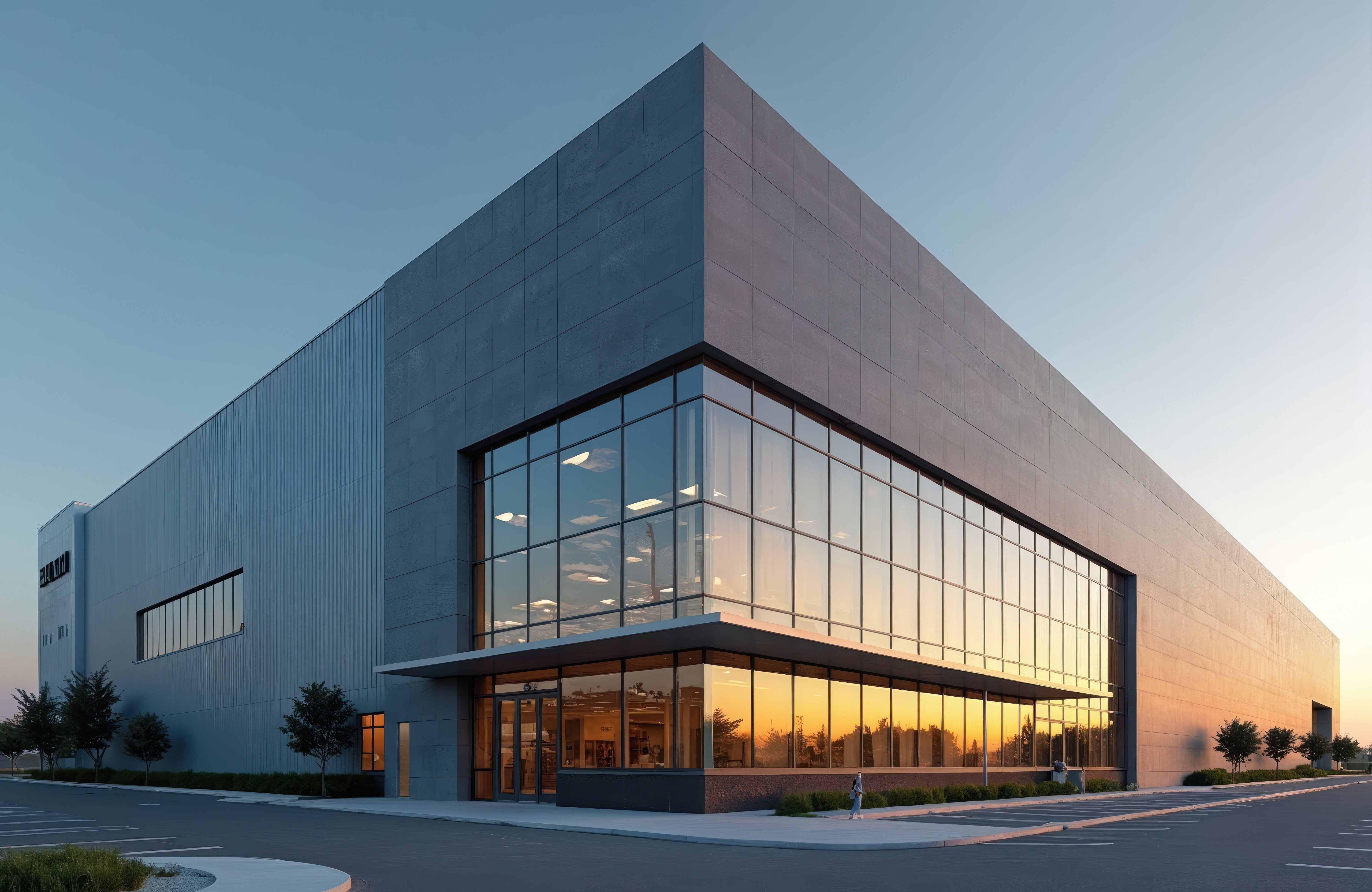I can’t tell you how many times I’ve had someone come to me saying they landed a great deal because the landlord offered them “free rent” — a few months on the front end with no rent payment. On the surface, it looks like a win.
But here’s the truth I share with clients, friends, and colleagues: free rent is rarely free. In fact, it can end up being more expensive in the long run.
The Catch Behind the Offer
Landlords don’t give rent away out of generosity. They find a way to recover it — whether it’s through higher rental rates, longer lease terms, or operating expenses that creep up over time.
Without a commercial real estate advocate protecting their interests, I’ve seen business leaders accept a few months of free rent, only to discover they’re locked into a lease that ends up costing far more than it should over the next five to ten years. What looked good at the start turned into a financial burden.
Here’s a simple example:
-
Lease A offers six months of free rent with rent escalators.
-
Lease B has no free rent, but the terms are structured in the tenant’s favor.
Over the life of the lease, Lease B almost always costs less.

Why Business Leaders Lean In
I understand why free rent appeals to people — it looks like immediate relief, especially for a business that’s keeping an eye on cash flow. The problem is that focusing too much on that short-term benefit can blind you to the bigger picture. Landlords and their brokers know this; they count on it.
Is Free Rent A Distraction?
Landlords may dangle “free rent” as a distraction, instead of offering concessions that actually benefit your business long-term—like termination rights, expansion options, or renewal flexibility. Those rights can save you millions if your company needs to scale, pivot, or exit early. Free rent feels like a perk, but it often comes at the expense of negotiating terms that truly protect your business.
How to Avoid the Hidden Cost
We built Keyser as a tenant-representation brokerage firm. Simply put, we only represent tenants — never landlords, developers, or anyone you, as a business leader, would negotiate against. That means we’re free from conflicts of interest and can be an advocate for your best interests.
When we evaluate a lease, we don’t stop at the headline concession. We dig into every detail — base rent, operating expenses, escalation clauses, renewal options, and flexibility for growth or downsizing. Those details determine whether your lease supports your business or drains it.
What to Keep in Mind
If we were sitting down over coffee, here’s what I’d tell you: don’t let “free rent” distract you from the true cost of occupancy and the flexibility you need to pivot when necessary. Here at Keyser, we are big fans of free rent, but we care more about what it’s costing you over the long term.
Frequently Asked Questions
Q: Is “free rent” in a commercial lease really free?
A: Not usually. While landlords may offer a few months of free rent to attract tenants, they typically recover that cost through higher rental rates, longer lease terms, or added expenses. What looks like short-term savings could end up being more expensive in the long run.
Q: Why do landlords offer free rent in the first place?
A: Free rent is a marketing tool. Landlords know that offering upfront savings appeals to tenants who are watching their cash flow. But the “giveaway” is almost always factored back into the deal, making it more of a sales tactic than a true concession.
Q: How can tenants avoid leaning in to free rent?
A: The key is to evaluate the full cost of occupancy — not just the headline concession. That means analyzing base rent, operating expenses, escalation clauses, renewal options, and flexibility. Working with a tenant-only representative like Keyser ensures your lease is structured to support your business long-term, not burden it.






